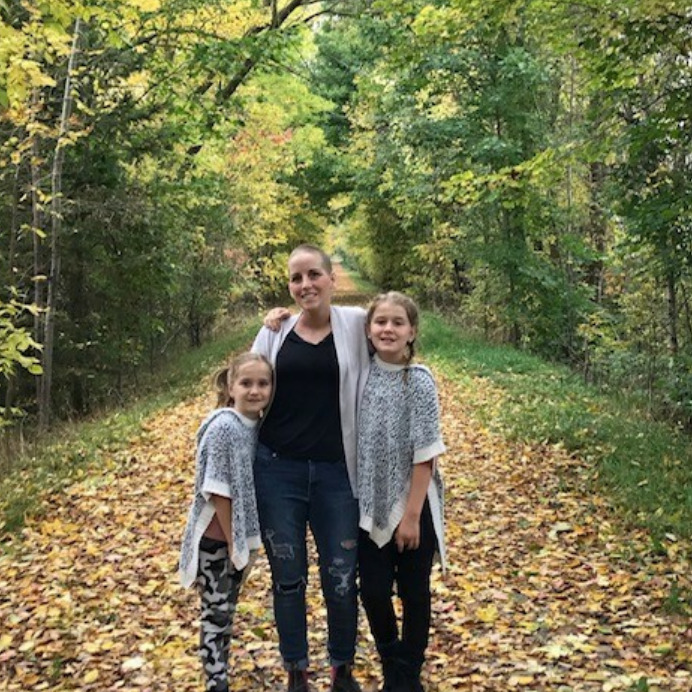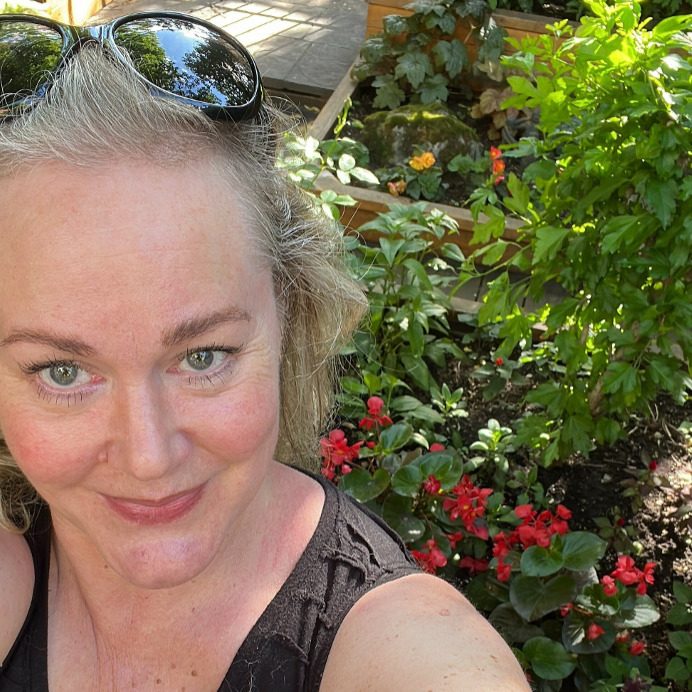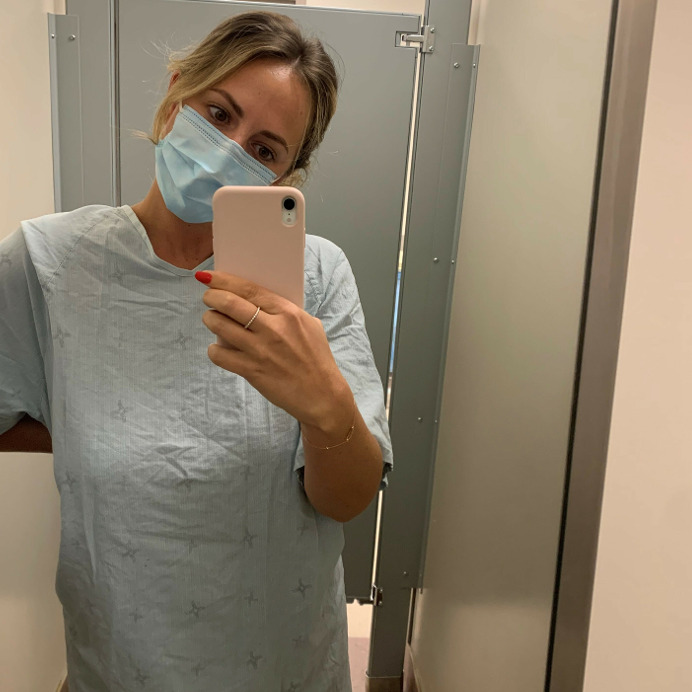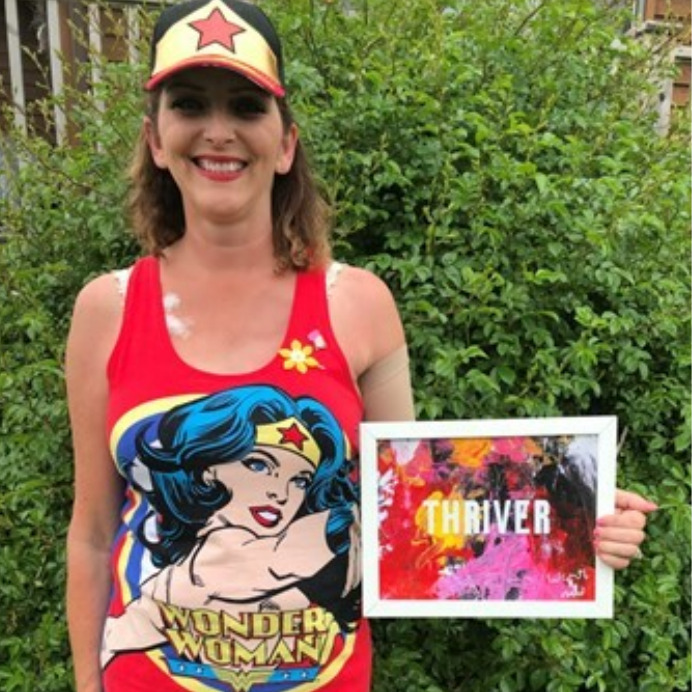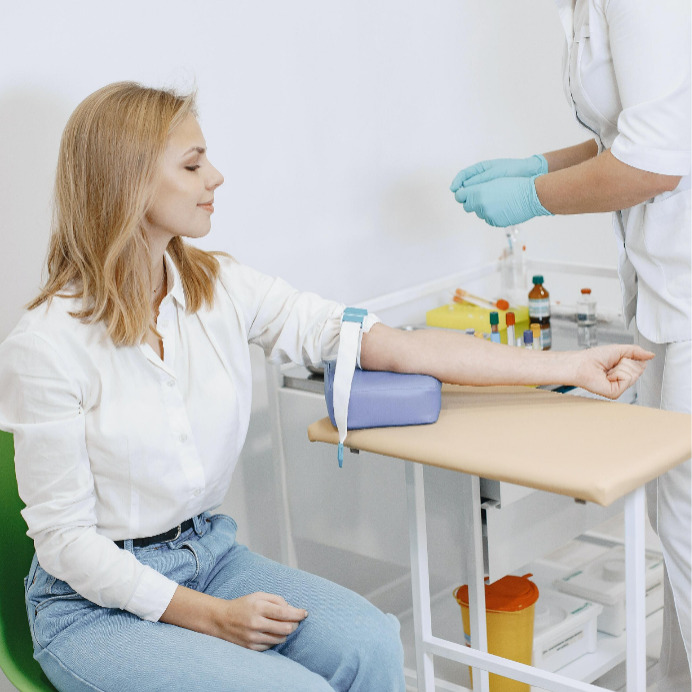By continuing to use our site, you consent to the processing of cookies, user data (location information, type and version of the OS, the type and version of the browser, the type of device and the resolution of its screen, the source of where the user came from, from which site or for what advertisement, language OS and Browser, which pages are opened and to which buttons the user presses, ip-address) for the purpose of site functioning, retargeting and statistical surveys and reviews. If you do not want your data to be processed, please leave the site.
The Voice of People With Breast Cancer
Education
Our Voices Blog
Questions and Experts Session Guide: A Genetic Counsellor Answers Questions about Genetics and Genetic Testing
In today’s post, we provide the questions that were sent in and asked during the live session of our Questions and Experts session held in June 2022. In this session, Rachel Mador-House, a certified Genetic Counsellor, answered questions about genetics and genetic testing. In the parentheses, you’ll find the timestamp of where to find the question in the on-demand video.
My Genetic Test Results Changed my Treatment Plans
Stacy Zelazny lives in a tiny town in Ontario, literally, she resides in a little-known place called Tiny, Ontario. Stacy describes herself as a mom of two amazing girls who is married to her best friend and winning the biggest fight of her life.
I’ll Take a Pass on the Cancer Platitudes, Thanks
“Breathe.” “Just breathe.” If I had a dollar for every time someone told me to do this —while I anxiously waited for my biopsy results, had another round of MRI exams, before and after surgery, throughout the months-long treatment and the years I spent swallowing a daily dose of Tamoxifen — I’d have a down payment for a vacation home in Mexico.
To the Girl Standing in The Blue Hospital Gown, Part 1
Well, the results are in.
Take a seat.
Take a deep breath.
It’s positive.
The Four Stages of My Stage Four MBC
One night in July 2015, I went to sleep, and everything was fine. When I woke up, it was obvious that everything was not fine. My left breast was swollen, inflamed and painful. I was shocked and worried but tried not to overreact. Then I started making excuses. Maybe my period was coming. Maybe it was cellulitis. Maybe it was a clogged milk duct. Maybe it was. Maybe it. Maybe …
FinNav Five: Support Items and Packages
To highlight the various types of programs listed in FinancialNavigator, we have put together this blogpost series, FinNav 5. In this post, we highlight five programs that provide prostheses, wigs, and other care support items and packages.
Your Surviving-Tamoxifen Checklist. All the Things You Didn’t Know You Needed, But Do
Nothing can prepare you for the onslaught of side effects the tiny little hormone-blocking drug Tamoxifen can create in your body and your life. At least that’s how I feel…now. When my oncologist first handed me the five-year prescription for the 10-mg daily dose along with a pamphlet listing 40-odd side effects, I thought differently. Then, my oncologist explained how Tamoxifen works and what I may experience—including hot flashes, weight gain and irregular periods—in such an airy, breezy way that took, maybe, all of 45 seconds to share I figured, okay, I’ve got this. This’ll be no big deal. If there was anything to worry about my doctor would warn me. Thousands of women pop this pill every single day without complaint, I’ll be fine.
What Happens if a Life or Health Insurance Company Denies Your Claim?
A breast cancer diagnosis comes with so many fears and challenges. The last thing you need on your mind is the worry about whether your insurance claim will be approved or denied. Appealing a denied claim can add an additional burden to an already difficult time. Some people don’t even realize that are able to appeal their denied insurance claims. But how do you do it?
5 Clinical Trials Currently Recruiting Across Canada
Each year, May 20th is recognized as Clinical Trials Day across the globe. In honor of this, we are highlighting various multi-centre clinical trials that are currently recruiting participants. Clinical trials are important for the advancement of cancer treatment and care, as well as important in improving the standard-of-care.
For the Newly Diagnosed: Part 2
A cancer diagnosis comes with many questions. While some of those questions can be answered by your healthcare team, many others cannot. That’s why we have put together this “For the Newly Diagnosed’ two-part series; to help patients who have been newly and recently diagnosed get the answers to their most pressing questions that may not be easily answerable. This series is also meant to help patients get ready for and be aware of challenges they may face in the upcoming months.


